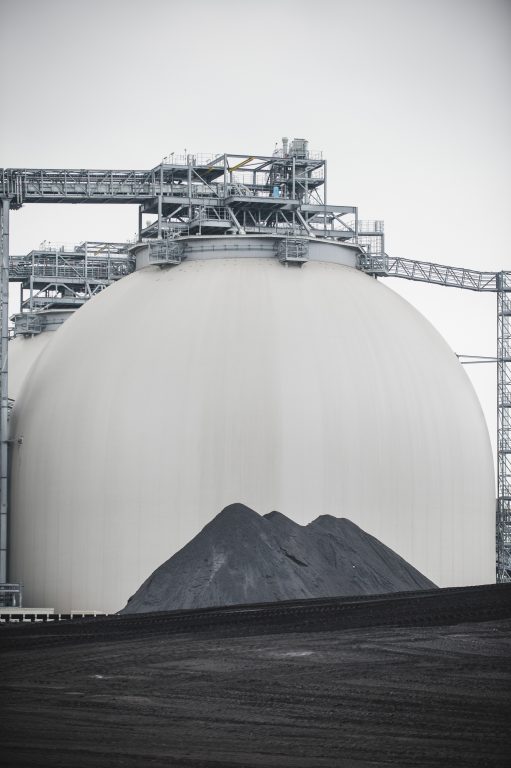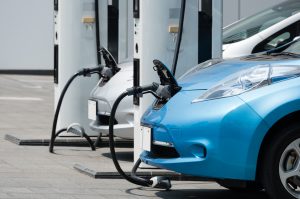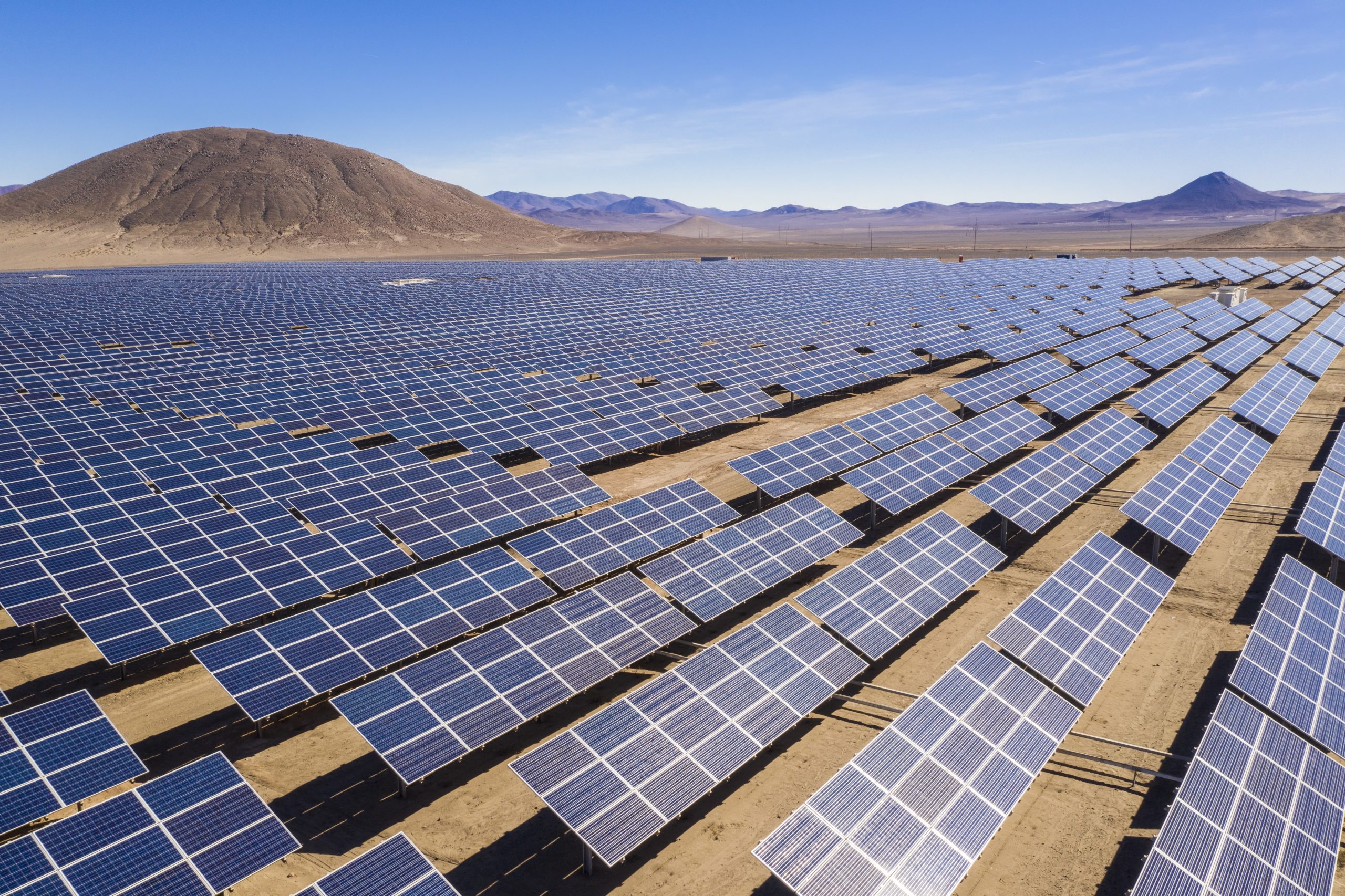
We’re all familiar with the phrase ‘oil-rich’ nations, but as low carbon energy sources become ever more important to meeting global demand, renewable energy could become a global export. With a future favouring zero-carbon and even negative emissions innovation, here are some countries that are not only harnessing their natural resources to make more renewable energy, but are making progress in storing and exporting it.
Could these new opportunities lead us to one day deem them ‘renewable-rich’?
Could Europe import its solar power supply?
With the largest concentrated solar farm in the world, Morocco is already streets ahead in its ability to capture and convert sunlight into power. The 3,000 hectare solar complex, known as Noor-Ouarzazate, has a capacity of 580 megawatts (MW), which provides enough power for a city twice the size of Marrakesh.
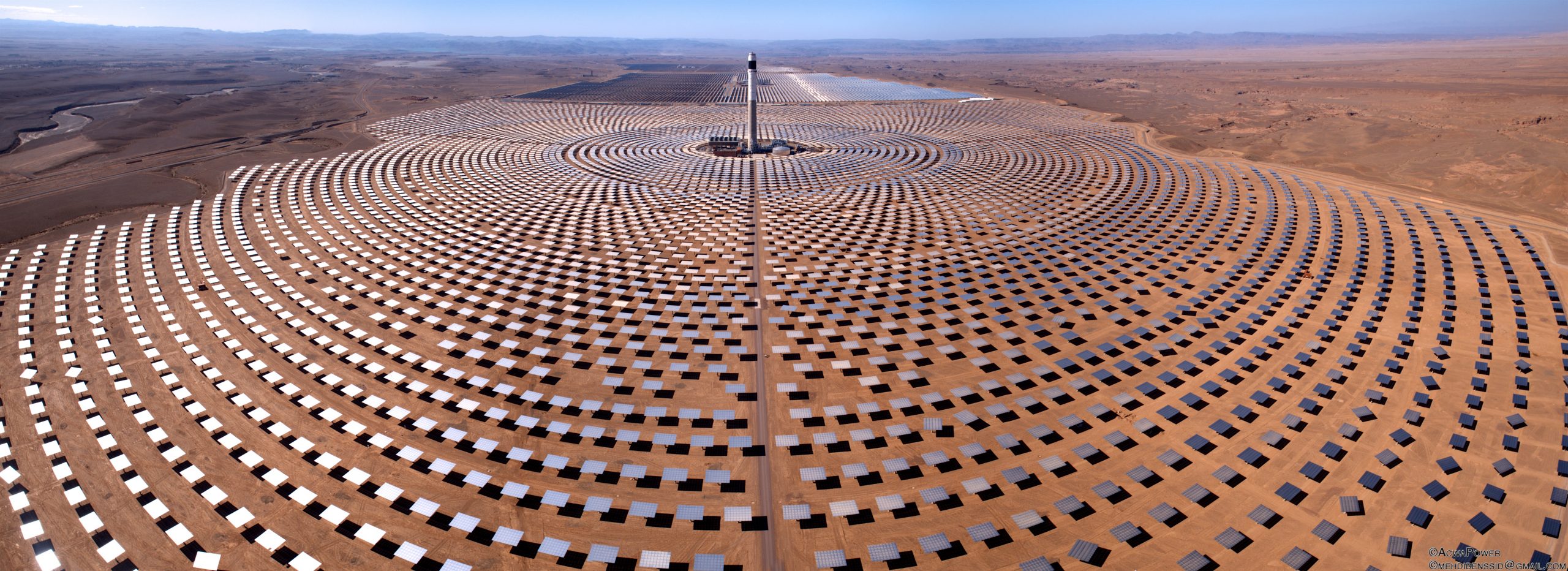
Noor-Ouarzazate Power Plant, Morocco. Image source: ACWA Power
Its uses curved mirrors to direct sunlight into a singular beam that creates enough heat to melt salt in a central tower. This stores the heat and – when needed – is used to create steam which spins a turbine and generates electricity. This has helped keep Morocco on course to achieve its goal of deriving 42% of its power from renewable sources by the end of 2020, which potentially means a surplus in the coming years.
Morocco already has 1.4 gigawatts (GW) of interconnection with Spain, and another 700 MW is scheduled to come online before 2026. The country’s close proximity to Europe could make its solar capacity a source of power across the continent.
Africa’s geothermal potential
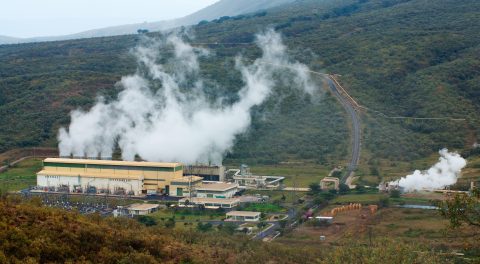
Olkaria II geothermal power plant in Kenya
Kenya was the first African nation to embrace geothermal energy and has now been using it for decades. In 1985, Kenya’s geothermal generation produced 45 MW of power – 30 years later, the country now turns over 630 MW.
Kenya’s ample generation of geothermal electricity is due to an abundance of steam energy in the underground volcanic wells of Olkaria, in the Great Rift Valley. In 2015, the region was responsible for providing 47% of the country’s power.
Currently the Olkaria region is thought to have a potential capacity of 2 GW of power, which could help to provide a source of clean energy for Kenya’s neighbours. However, there is potential for the rest of East Africa to generate its own geothermal power.
In this region of the continent there is an estimated 20 GW of power generation capacity possible from stored geothermal energy, while the demand for the creation of usable grids that can connect multiple countries is high. Kenya is currently expanding its own grid, installing a planned 3,600 miles of new electrical wiring across the country.
Winds of change
China’s position in the renewable energy market is already up top, with continuous investment in solar and hydro power giving it a renewable capacity of more than 700 GW
The country is also home to the world’s largest onshore wind farm, in the form of the Gansu Wind Farm Project, which is made up of over 7,000 turbines. It is set to have a capacity of 20 GW by the end of 2020, bringing the nationwide installed wind capacity to 250 GW.
With China exporting more than 20,000 gigawatt-hours (GWh) of electricity in 2018, large scale renewable projects can have a wide-reaching effect beyond its borders. South-Asia is the primary market, but excesses of power in Western China have stoked ideas of exporting power as far away as Germany.
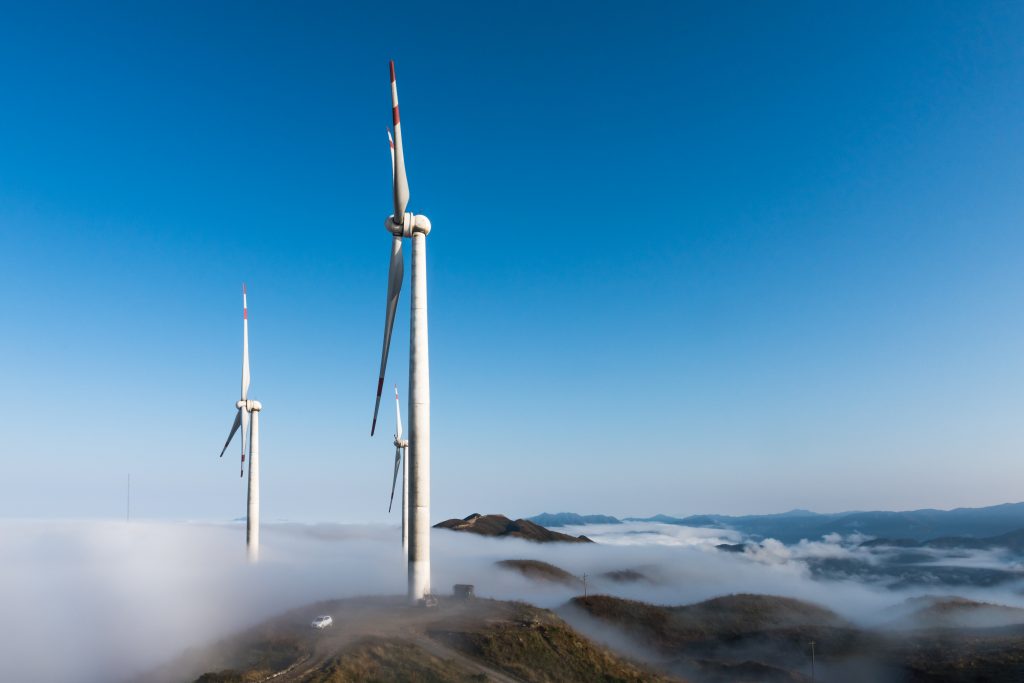
Can the US store the world’s carbon?
In the quest for zero-carbon energy it won’t just be nations that can export excess energy that could stand to profit – those that can import emissions could also benefit.
While many countries are developing the capabilities to capture carbon dioxide (CO2), storing it safely and permanently is another question. Having underground facilities that can store CO2 creates an opportunity to import and sequester carbon as a service for other nations. Norway is already doing it, but the US has the greatest potential thanks to its abundance of large underground storage capabilities.
The Global CCS Institute highlights the US as the country most prepared to deploy carbon capture and storage (CCS) at scale, thanks to its vast landscape, history of injecting CO2 in enhanced oil recovery, and favourable government policies.
The Petra Nova plant in Texas is also known as the world’s largest carbon capture facility. The coal-power station captured more than 1 million tonnes of CO2 within the first 10 months of operating as a 654 MW unit.

Carbon capture facility at the Petra Nova coal-fired power plant, Texas, USA
Chile’s hydrogen innovation
Hydrogen is becoming increasingly relevant as an energy source thanks to its ability to generate electricity and power transport while releasing far fewer emissions than other fossil fuels.
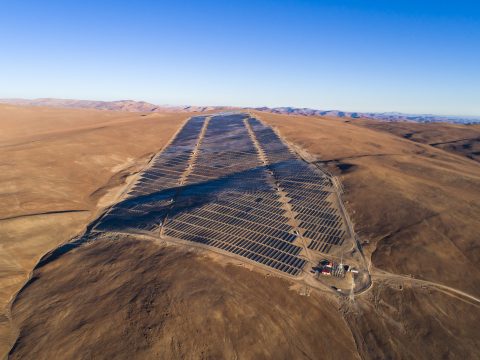 Chile was an early proponent of energy sharing with its hydrogen programme. The country uses solar electricity generated in the Atacama Desert (which sees 3,000 hours of sunlight a year), to power hydrogen production in a process called electrolysis, which uses electricity to split water into oxygen and hydrogen.
Chile was an early proponent of energy sharing with its hydrogen programme. The country uses solar electricity generated in the Atacama Desert (which sees 3,000 hours of sunlight a year), to power hydrogen production in a process called electrolysis, which uses electricity to split water into oxygen and hydrogen.
Chile plans to export the gas to Japan and South Korea, but with global demand for hydrogen set to grow, higher-volume, further-reaching exporting of the country’s hydrogen could soon be on the way.
Going forward, these green innovations – from carbon storage to geothermal potential – could increasingly be shared between countries and continents in an attempt to lower the overall carbon footprint of the world’s energy. This could create a global power shift toward nations which, rather than having high capacity for fossil fuel extraction, can instead use a different set of natural resources to generate, store and export cleaner energy.







